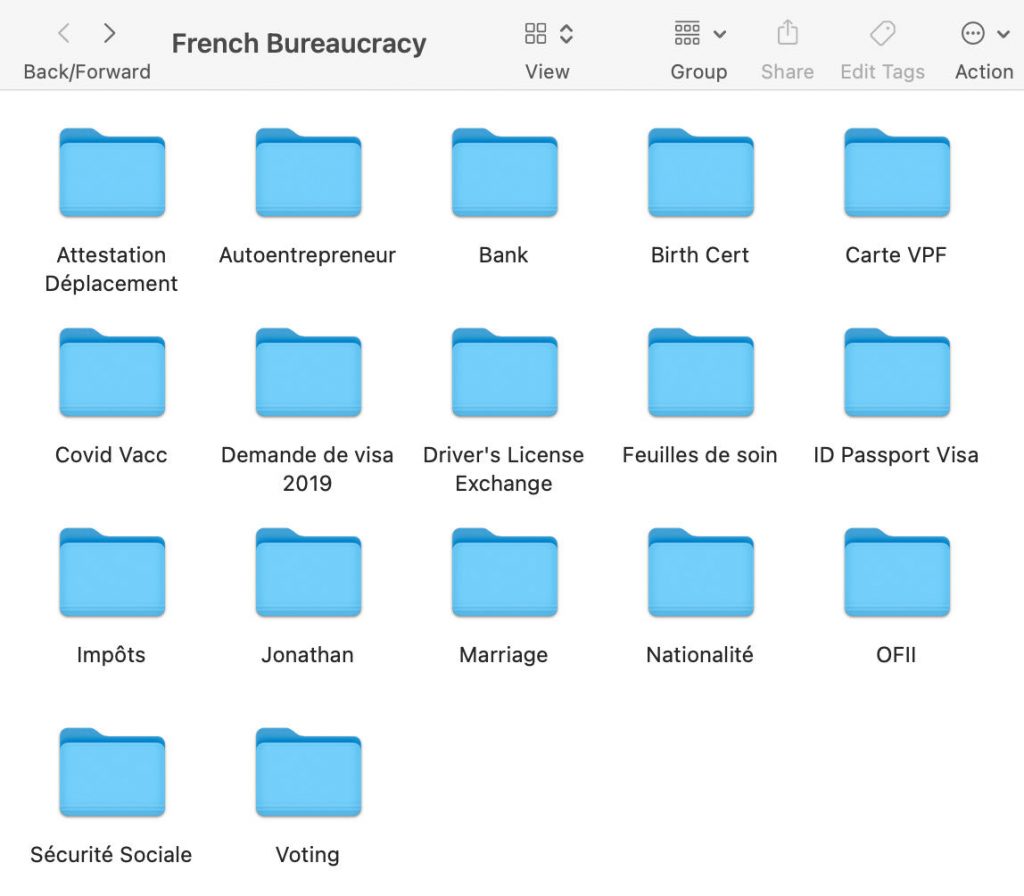Traduzione: Tackling Excessive Paperwork with Ease

Tackling excessive paperwork can often feel like an insurmountable task, leading to feelings of overwhelm, decreased productivity, and stress. However, with the right strategies and tools, it's possible to manage your paperwork efficiently, reducing clutter and increasing your focus on essential tasks.
Understanding the Paper Trail

The first step to managing paperwork is understanding where it comes from and why it accumulates. Documents can stem from several sources including:
- Business transactions
- Legal obligations
- Internal memos
- Client requests
- Correspondence
The key is to create a system that categorizes these documents for easy retrieval and reference.
Creating a Paper Management System

Here are some practical steps to create an effective paper management system:
1. Sort and Categorize

Begin by sorting your papers into categories such as:
- Financial Documents
- Legal Papers
- Correspondence
- Project Files
- Miscellaneous
This step helps in breaking down the mass of paperwork into manageable sections.
2. Organize Physically

Use physical organizational tools like:
- Filing cabinets for permanent or long-term documents
- Binders for projects and proposals
- Trays for short-term or action items
Make sure each item has a designated place.
3. Go Digital

Whenever possible, digitize your documents:
- Scan documents to reduce physical clutter
- Use document management software for storage
- Set up a cloud storage system for easy access and sharing
Digital documents not only save space but also make searching much easier.
4. Implement a Workflow

Develop a workflow to manage the incoming and outgoing documents:
- Set specific times during the day for handling paperwork
- Create action folders for documents needing immediate attention
- Use an ‘Inbox’ tray for new documents and an ‘Outbox’ for completed tasks
This workflow helps in keeping your desk and mind clear, focusing on what needs immediate action.
Tools and Technology for Paper Management

Here’s a list of tools and technologies that can enhance your paper management:
- Scanners: High-speed, document feeders for batch scanning
- Software: Evernote, Google Docs, or Adobe Acrobat for document management
- Cloud Storage: Google Drive, Dropbox, or OneDrive for secure online storage
- Document Management System (DMS): Specialized software like DocuWare or Laserfiche
Putting it All Together

After setting up your paper management system:
- Regularly review your system to ensure it still meets your needs
- Consolidate digital documents to avoid redundancy
- Keep your physical storage space organized to prevent paper buildup
📌 Note: Always ensure that any system you implement complies with data protection laws if sensitive information is involved.
By implementing these strategies, you will find that paperwork becomes less of a burden and more of a structured part of your work environment. You'll have more time to focus on what truly matters, reducing the mental load of keeping track of documents and increasing your overall productivity.
How long should I keep documents?

+
Retention policies vary by document type. Financial documents like receipts might need to be kept for 3-7 years, while legal documents might need to be retained indefinitely.
Is it safe to digitize confidential documents?

+
Yes, if you use secure, encrypted storage solutions. Cloud services often offer high levels of security, but always review the provider’s privacy policy.
What should I do with physical copies after digitizing?

+
Shred documents with sensitive information. If the information isn’t sensitive, consider recycling the paper.



